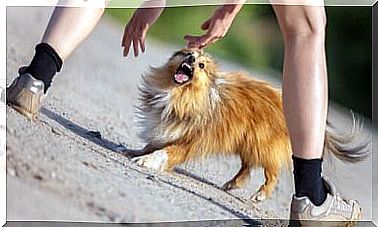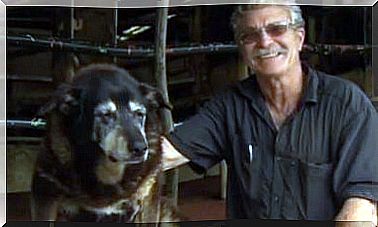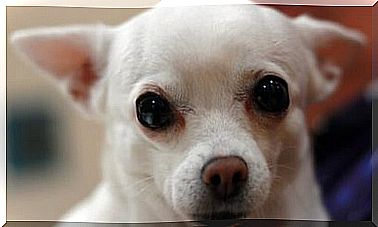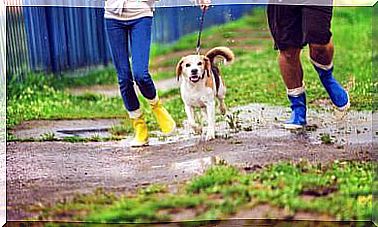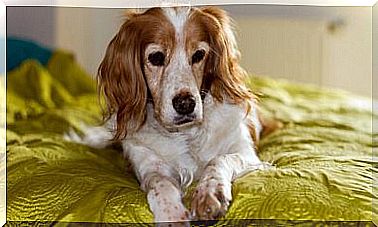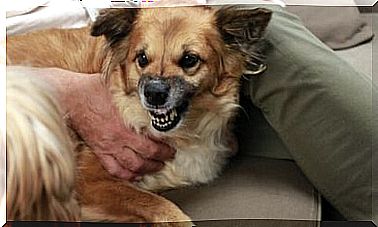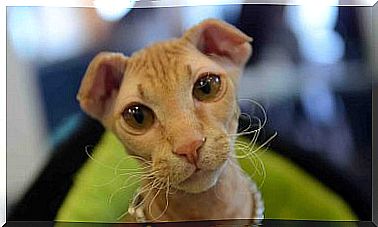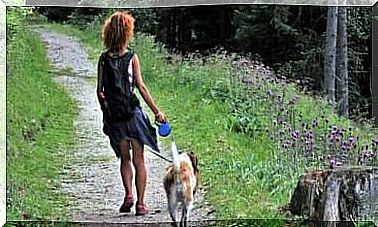Avoid Bad Breath In Dogs
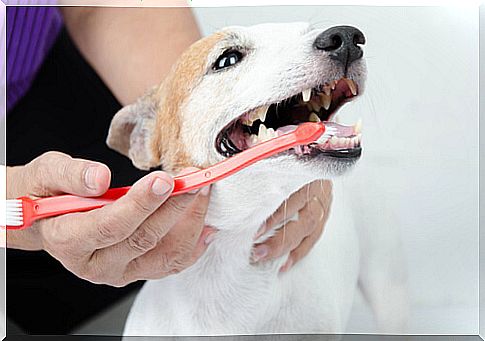
Bad breath in dogs is a very common problem. As soon as the animal opens its mouth, this unbearable smell flows towards us. Therefore, in this article we want to give you a few tips on how to avoid bad breath in dogs.
Why do dogs have bad breath?
If an animal smells unpleasant from the mouth, it could indicate a health problem (such as diabetes or kidney problems), dental problems, or poor hygiene. Veterinarians suggest that four out of five dogs aged 3 and over have dental disease.
The main cause of bad breath in dogs is the buildup of bacteria in their mouths that turn into plaque. It is the same process as in humans.
If this plaque is not removed regularly, it solidifies together with the saliva and turns into tartar. This can lead to inflammation of the gums.
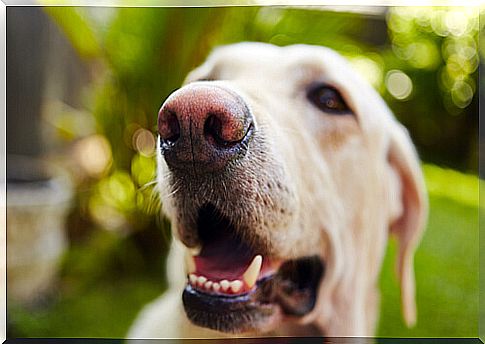
And it can get even worse. Because if the gingivitis gets worse, periodontitis can develop from it.
This can mean the loss of tissue that holds the teeth together with the gums. The result is an extremely painful disease, with infection and loss of teeth.
If you only notice a slight unpleasant odor when the animal opens its mouth, then it is still early enough to prevent serious diseases.
But if the bad breath persists despite regular care and hygiene, then you should go to the vet with your four-legged friend to rule out liver, kidney or stomach problems as the cause.
Tips to Get Rid of Bad Breath in Dogs
Basically, we can reduce bad breath through good hygiene (brushing our teeth), a healthy diet and lifestyle habits:
1. Brush your teeth regularly
Most dogs are not fond of oral hygiene because the procedure either hurts them or they don’t understand what kind of object we put in their mouths.
Nevertheless, we should take the time and be patient to brush our dog’s teeth several times a week.
Toothbrushes specially designed for dogs are sold in the numerous pet shops. And if not, a children’s toothbrush can also be used (unused, of course, so that no bacteria are transferred).
We also advise you to get a toothpaste specially developed for dogs, as normal toothpaste for humans contains fluoride, an ingredient that is toxic to our animals.
Brushing teeth is very important and ideally, the dog is taught from puppyhood that this procedure is good for him.
Whether this procedure is viewed by the dog as more of a game or a punishment depends on the owner. In the event that your four-legged friend gets very nervous about this or even tries to bite you, you should perhaps take it to the vet or a specialist so that the teeth are thoroughly cleaned at least once a month.
2. Feed dry food
Bad breath in dogs is closely related to feeding. Since our dogs do not brush their teeth after their meal, we have to give them food that also performs this function.
The best option is dry food. It polishes the teeth and reduces the unpleasant smell in the mouth of our four-legged friend. Don’t forget to put a bowl of water next to it so that your dog has something to drink and can rinse its mouth after eating.
Another trick related to food and bad breath: occasionally feed your dog fruit or vegetables that will help clean their teeth, such as raw carrots or apples.
These foods remove the bacterial coating on the teeth while ensuring healthy teeth and gums at the same time. Ask your veterinarian if your dog can eat it.
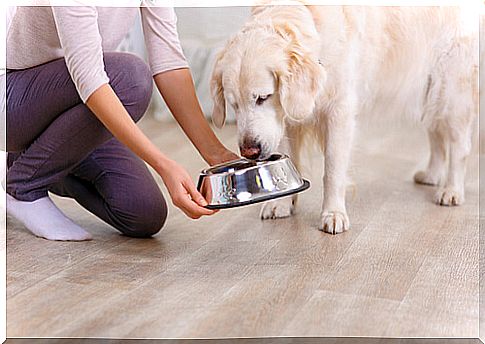
3. Give your dog toys
If your dog has been good again, give him a small present in return: a plastic chewing bone or a treat (biscuits, bones to chew on, etc.).
While he is chewing on a bone, he uses it to clean his mouth by producing more saliva and polishing his teeth. The ideal toys are made of natural rubber or nylon.
Always remember that dog bad breath is related to the dog’s lifestyle and grooming.
